Are Snake Plants Toxic To Cats? Here’s How To Protect Your Felines And Avoid Trouble
Are snake plants toxic to cats? A good rule of thumb is to simply keep the plant where kitty can’t get to it.
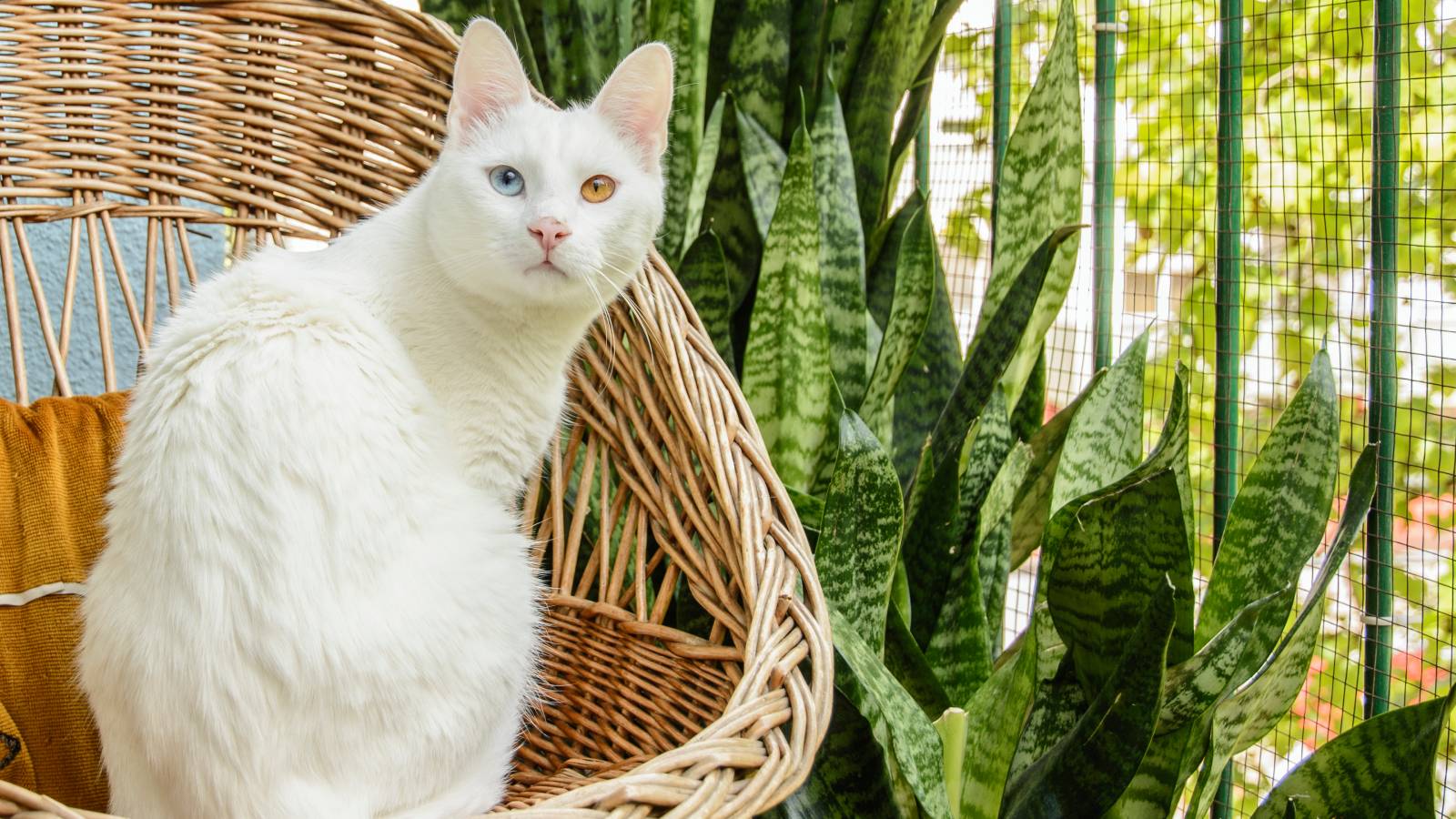

Are snake plants toxic to cats? The snake plant, also known as mother-in-law’s tongue, is a popular houseplant. It’s easy to care for, not picky about conditions, and tolerates some neglect. Snake plants are also attractive, with long, blade-like, variegated leaves. However, those attractive leaves can make snake plants appealing to cats who like to nibble.
Are Snake Plants Toxic to Cats?
If you’re a houseplant fan as well as a cat owner, you probably know that some plants are toxic to cats, but are snake plants safe for cats? Perhaps not exactly poisonous, these plants can be quite toxic to cats because of specific compounds found in them. Saponins are compounds in snake plants that protect them from pests and infections. These compounds are toxic to many animals, including cats.
The saponins primarily cause gastrointestinal distress, so your cat has to eat the plant to experience the toxic effects. Snake plant toxicity is not severe. If your cat only ingests a small amount, she may not get sick or may get mildly sick.
What happens if a cat licks a snake plant? If your cat has only licked the plant, she is unlikely to experience any symptoms or they will be very mild.
Signs of Snake Plant Poisoning in Cats
You may notice right away that your cat ate some of your snake plants. If not, you might notice symptoms in your cat and wonder why. Check the cat’s mouth for plant matter. Check the plant for signs that a cat has nibbled on it.
When your cat consumes part of a snake plant, the toxins interact with cholesterol in the membranes of cells in the gut. This causes irritation and inflammation. The resulting symptoms may include:
- Drooling
- Nausea
- Vomiting
- Diarrhea
- Loss of appetite
- Lethargy
- Swelling in the mouth or throat
What to Do if Your Cat Eats Snake Plant
Although the snake plant is not severely toxic, it’s still a good idea to contact your vet if your cat consumes it. They can advise you about what to do next and if the cat needs to come in for treatment.
Gardening tips, videos, info and more delivered right to your inbox!
Sign up for the Gardening Know How newsletter today and receive a free copy of our e-book "How to Grow Delicious Tomatoes".
There isn’t much you can do immediately to help your cat unless you catch them in the act. If you see your feline eating a plant, open her mouth and remove any plant material. Move the plant so she cannot access it again. Seek emergency veterinary care if your cat is struggling to breathe or has other severe symptoms and your vet is unavailable.
How to Prevent Your Cat Eating Snake Plants
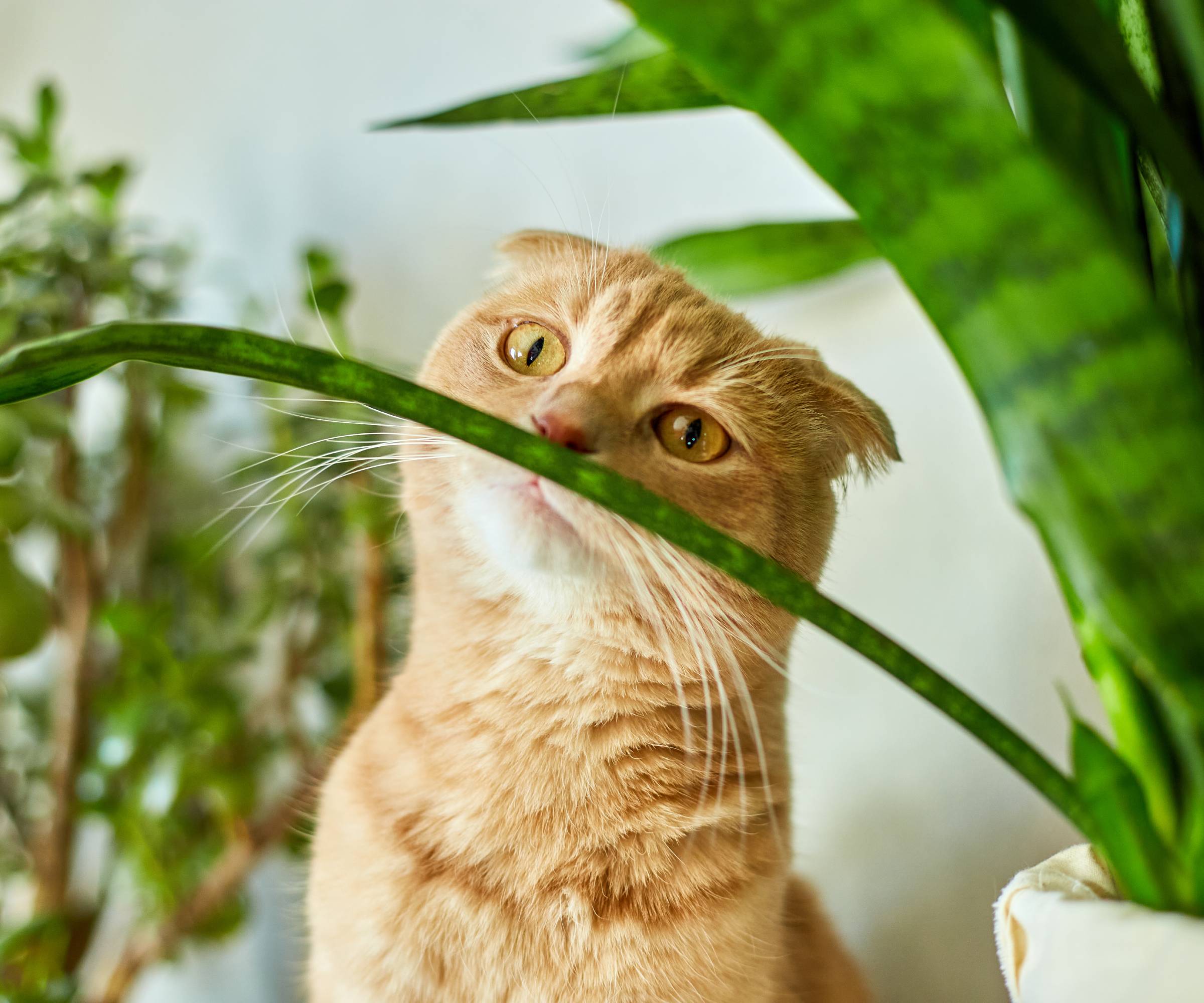
Snake plants and cats don’t mix, so it’s best not to keep this plant if you have cats. Alternatively, you can take steps to prevent your cat from eating your snake plant.
The best way to protect the plant and your cat is to put it out of reach. You can keep it in a glass cabinet or in a high location the cat cannot access.
You might also consider spraying the leaves with a product designed to taste bad to cats. One bite and they likely won’t touch it again. If your cat can reach your snake plant, check it regularly for signs of nibbling.
Frequently Asked Questions
What is the Most Toxic Houseplant for Cats?
True lilies are the most toxic plants for cats. True lilies belong to the Lilium genus, which includes Easter, Asiatic, stargazer, and tiger lilies. Even a small amount of pollen ingested by a cat could be fatal. Lilies in the Hemerocallis genus, including daylilies, are toxic but not as severely toxic as Lilium species.
Which Houseplants Do Cats Hate?
Cats are likely to avoid cactuses because of their spines. Other plants with thorns and spines are also off-putting, like a crown of thorns plant or some bromeliad plants.

Mary Ellen Ellis has been gardening for over 20 years. With degrees in Chemistry and Biology, Mary Ellen's specialties are flowers, native plants, and herbs.
-
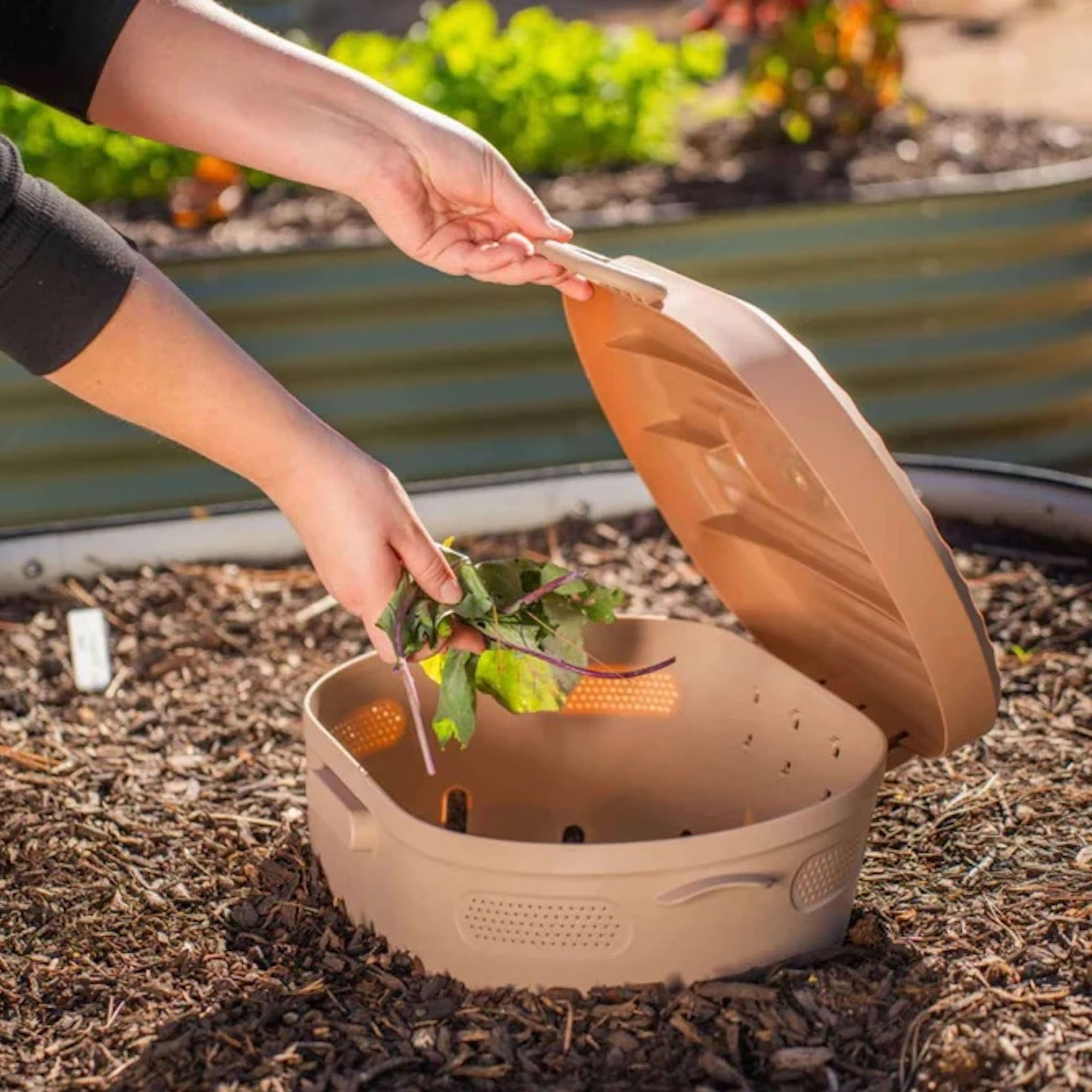 Try The Trend – Turn Any Bed Into A Keyhole Garden With This Clever In-Ground Composter
Try The Trend – Turn Any Bed Into A Keyhole Garden With This Clever In-Ground ComposterKeyhole gardening is an efficient and sustainable practice that saves space. Get started on this DIY project quickly and easily with an in-ground composter.
By Bonnie L. Grant
-
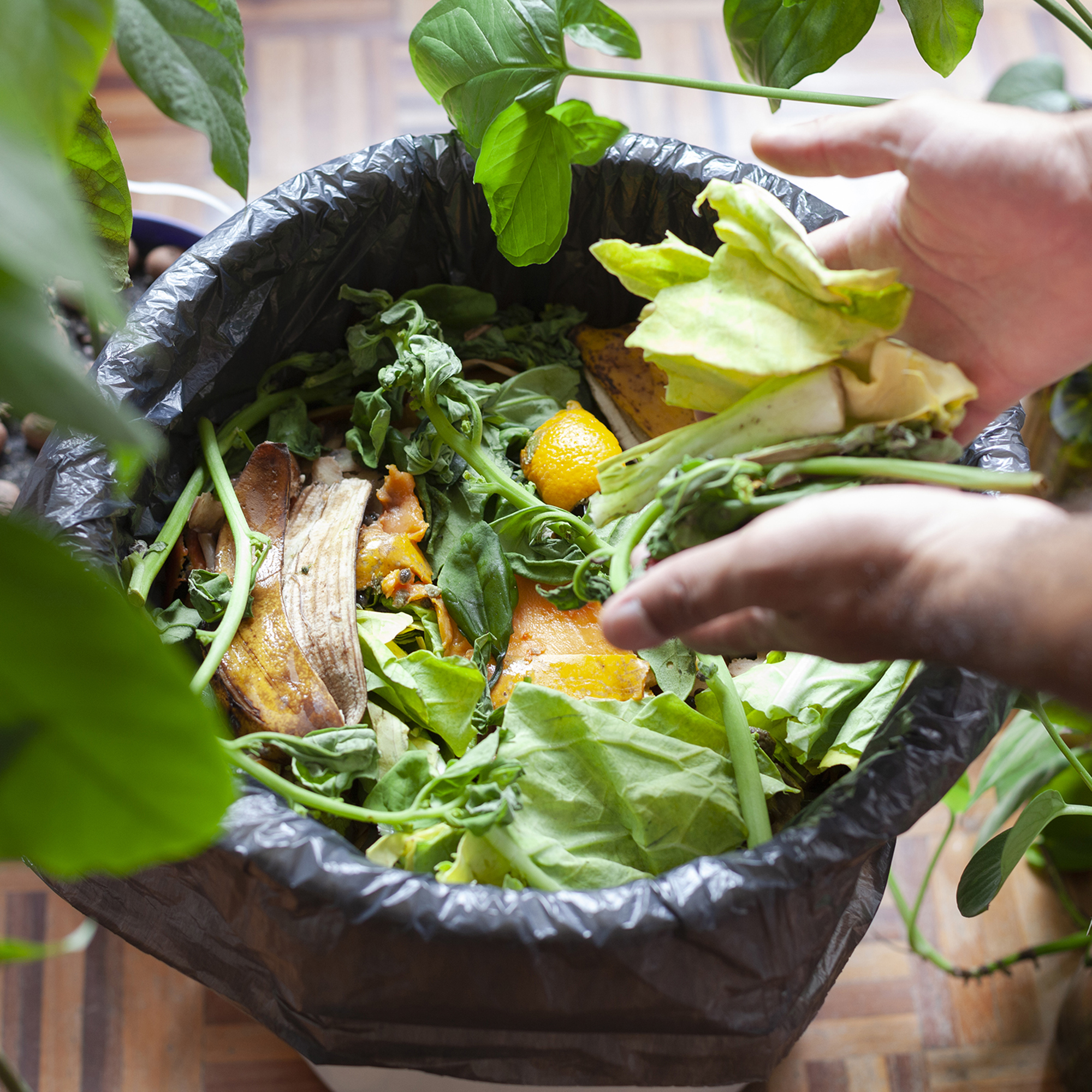 4 Superfast Composting Methods: Turn Waste Into Garden Gold In 30 Days Or Less
4 Superfast Composting Methods: Turn Waste Into Garden Gold In 30 Days Or LessTry the fastest composting methods to turbocharge your pile and transform kitchen scraps and garden waste into finished compost in just a few weeks.
By Mary Ellen Ellis
-
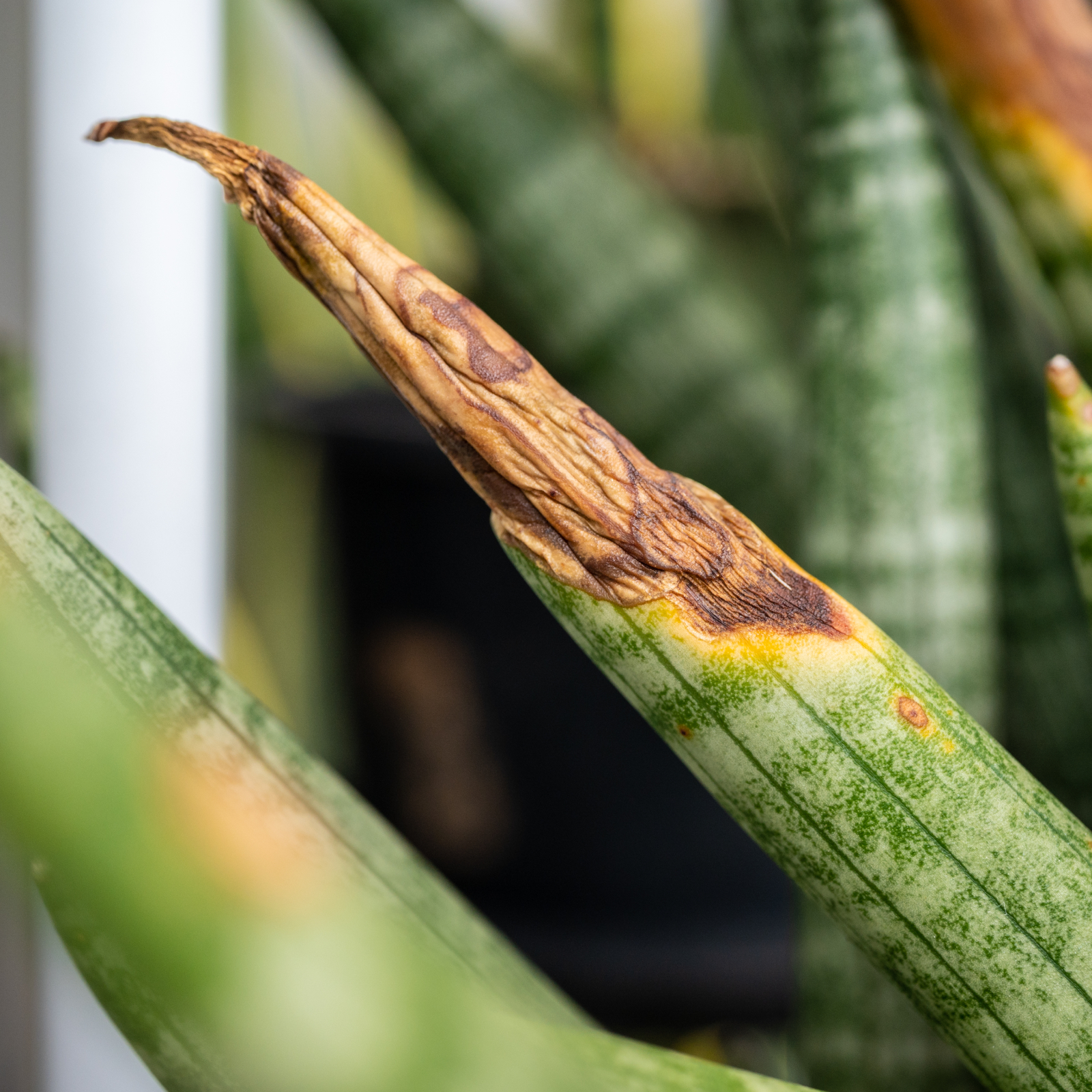 Help, My Snake Plant Is Mushy! Advice For Root Rot In Snake Plants
Help, My Snake Plant Is Mushy! Advice For Root Rot In Snake PlantsSnake plants are hardy houseplants, but they can be susceptible to root rot. Learn how to prevent and treat this common snake plant problem.
By Amy Grant
-
 Are Snake Plants Toxic To Dogs? Keep Your Pup Safe Around These Popular Houseplants
Are Snake Plants Toxic To Dogs? Keep Your Pup Safe Around These Popular HouseplantsSnake plants are incredibly popular houseplants because of their hardy nature, but are they dangerous to human's best friend? Learn how to keep your pup safe.
By Amy Grant
-
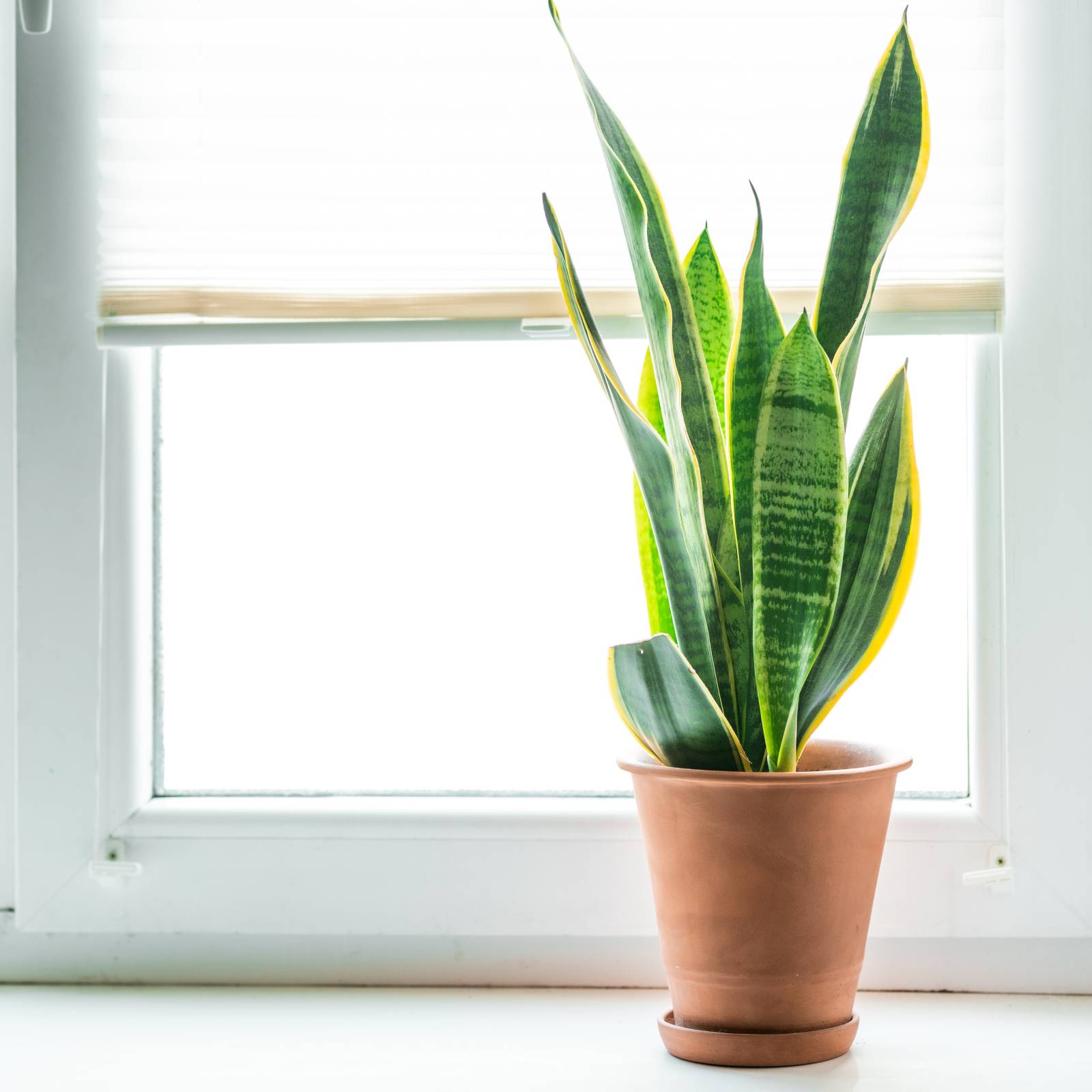 Snake Plant Getting Enough Light? Understanding Light Requirements And How To Adjust
Snake Plant Getting Enough Light? Understanding Light Requirements And How To AdjustSnake plant light requirements aren’t as stringent as for some houseplants, but the right lighting is important for their growth and well-being.
By Tonya Barnett
-
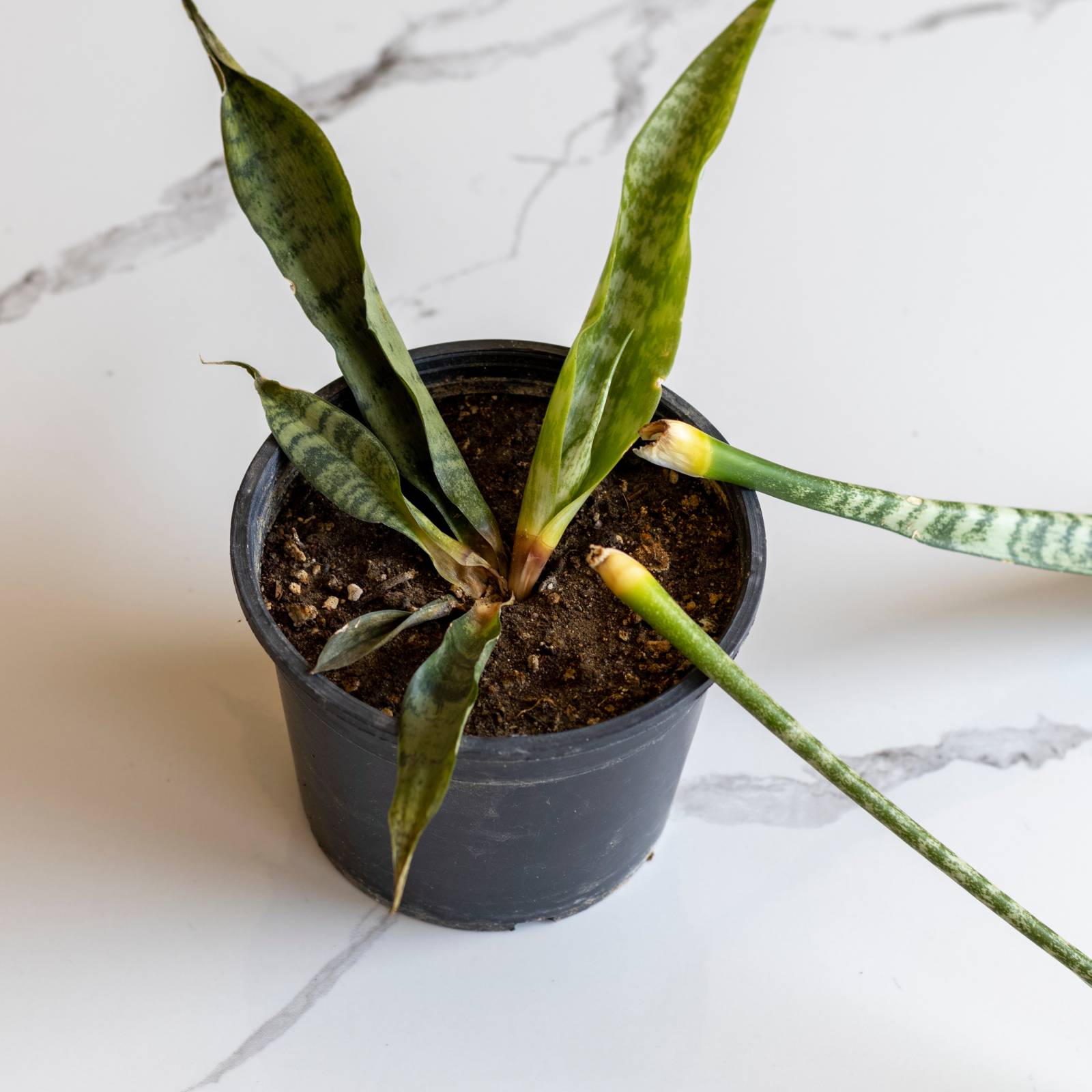 Telltale Signs Of An Overwatered Snake Plant – And How To Fix This Fatal Mistake
Telltale Signs Of An Overwatered Snake Plant – And How To Fix This Fatal MistakeBy Bonnie L. Grant
-
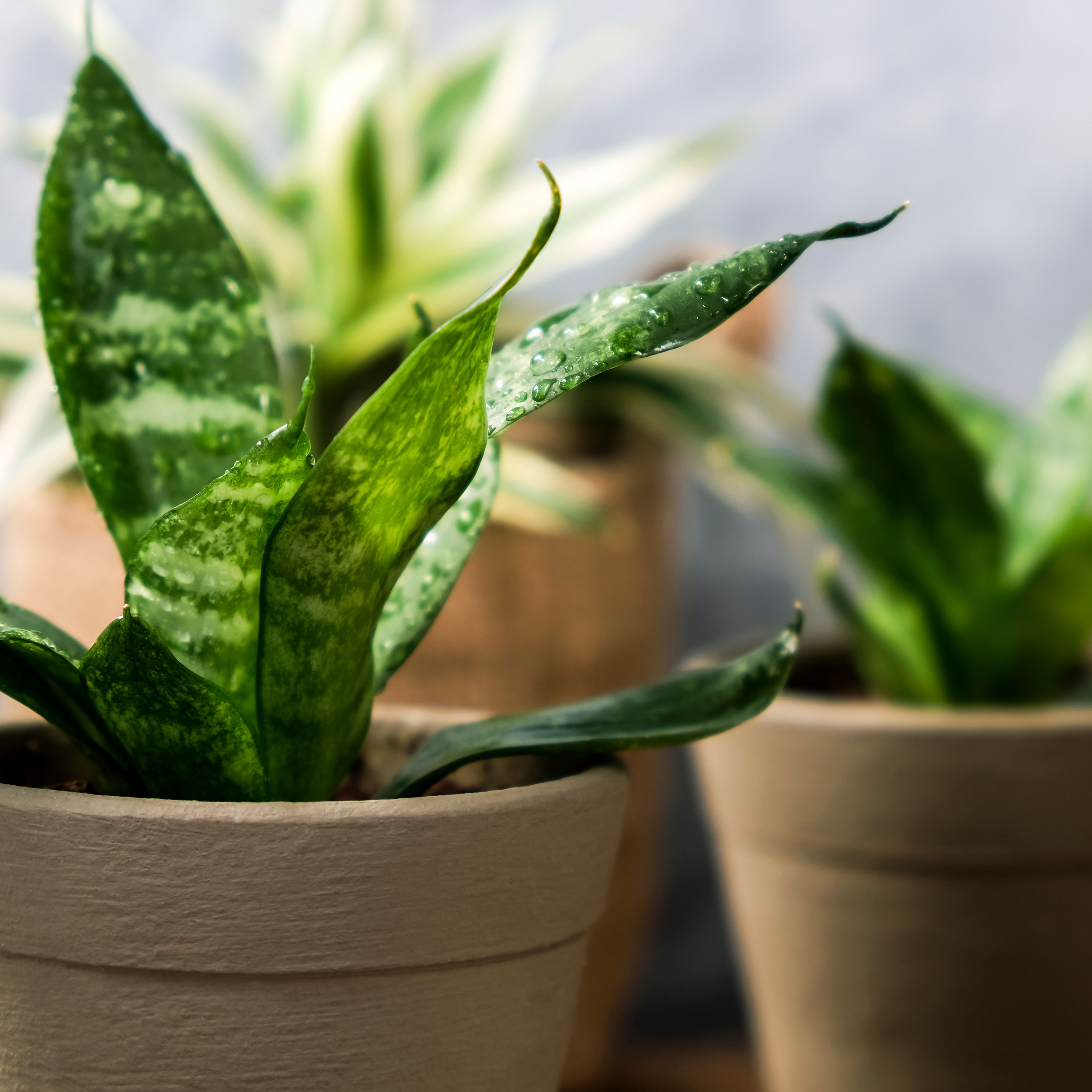 Mini Snakes: Try These 6 Small Snake Plant Varieties For A Cute And Compact Indoor Plant
Mini Snakes: Try These 6 Small Snake Plant Varieties For A Cute And Compact Indoor PlantYou love the drama and structure of a snake – but what if you don’t have much indoor space? These small snake plant varieties are ideal for mini pot perfection
By Teo Spengler
-
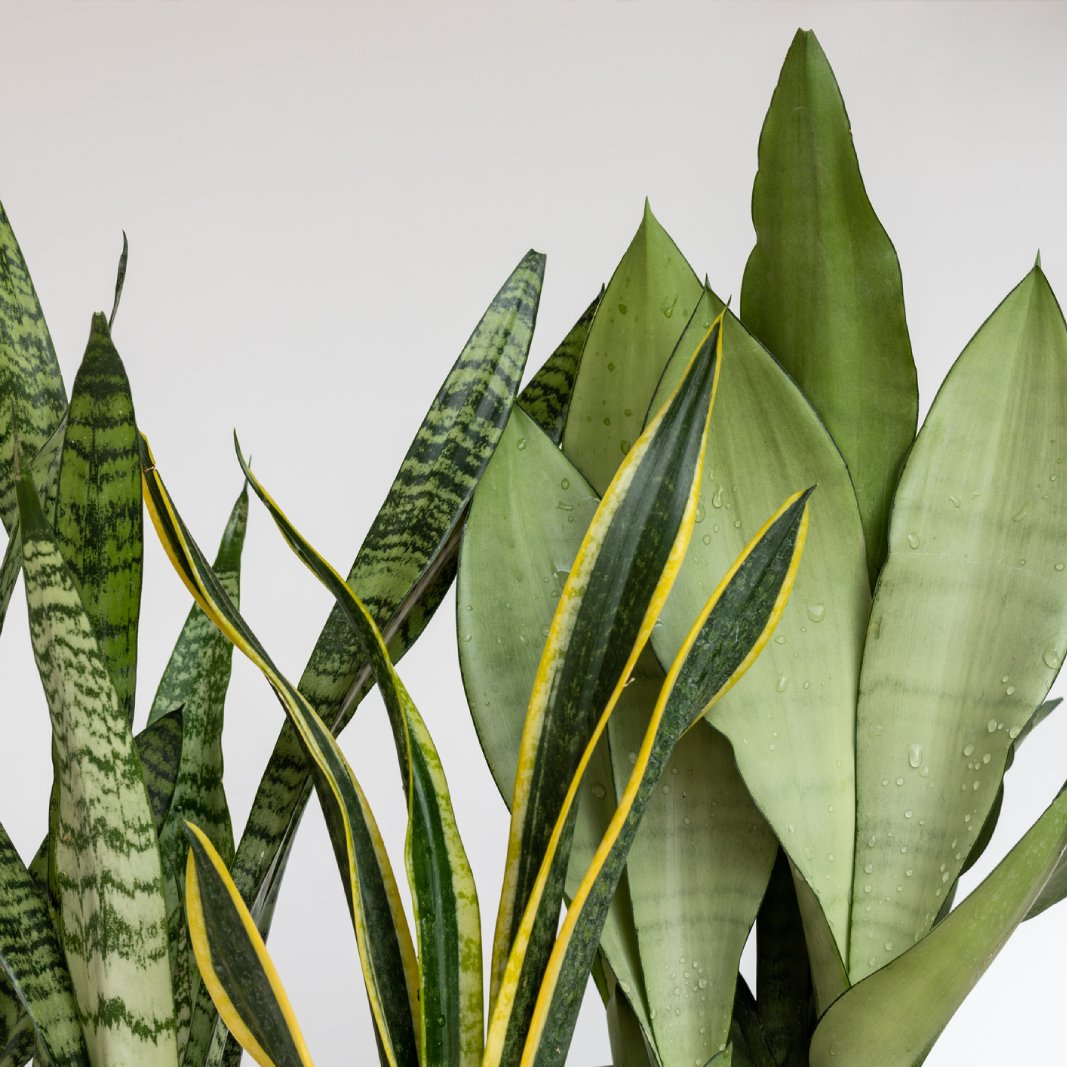 10 Snake Plant Varieties To Elevate Your Indoor Plant Collection
10 Snake Plant Varieties To Elevate Your Indoor Plant CollectionDon’t let the name fool you - snake plants are friendly, beautiful, and easy to grow. Here are 10 of my favorites you may not have heard of.
By Bonnie L. Grant
-
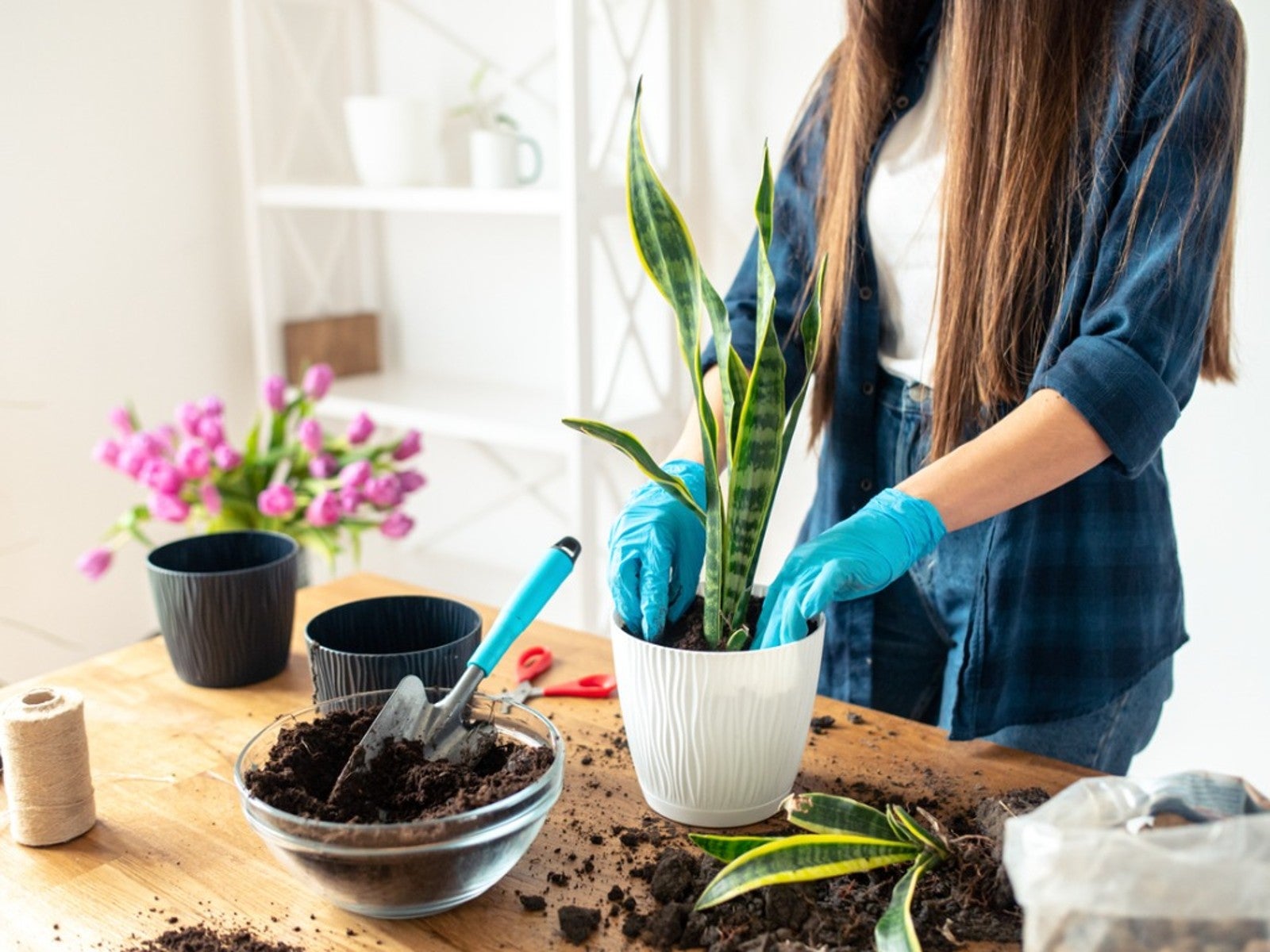 Tips For Transplanting A Snake Plant
Tips For Transplanting A Snake PlantSnake plants require very little care, which can make it difficult to judge if repotting one would be beneficial. Read on for tips.
By Laura Miller
-
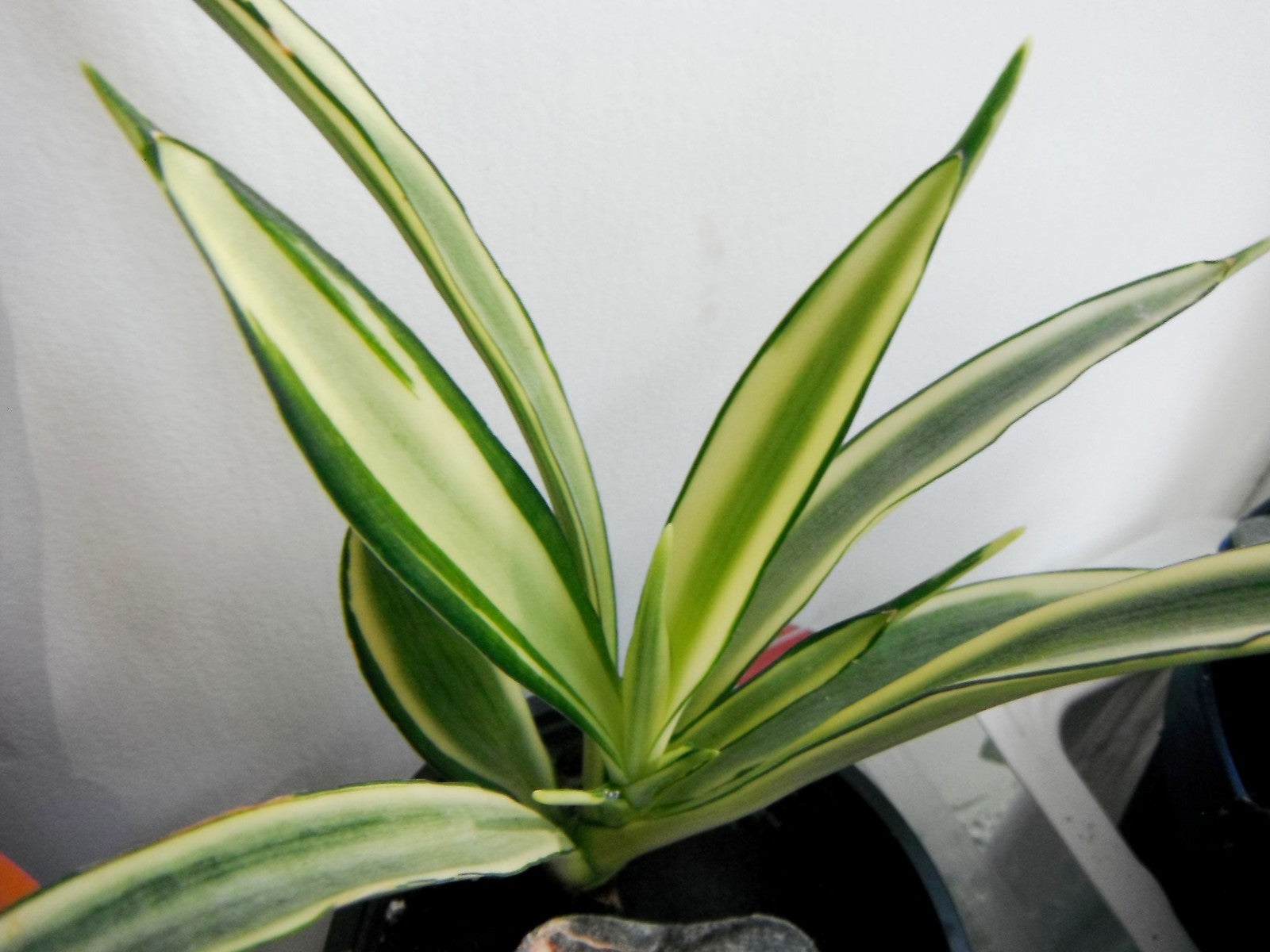 Care Of Kenya Hyacinth: Tips On Growing Flowering Sansevieria
Care Of Kenya Hyacinth: Tips On Growing Flowering SansevieriaKenya hyacinth is a pretty, little succulent that makes a great houseplant. It produces flowers irregularly and can be grown outdoors in hot, dry regions. Care of Kenya hyacinth is not difficult if you provide the right soil and don’t overwater. Learn more here.
By Mary Ellen Ellis